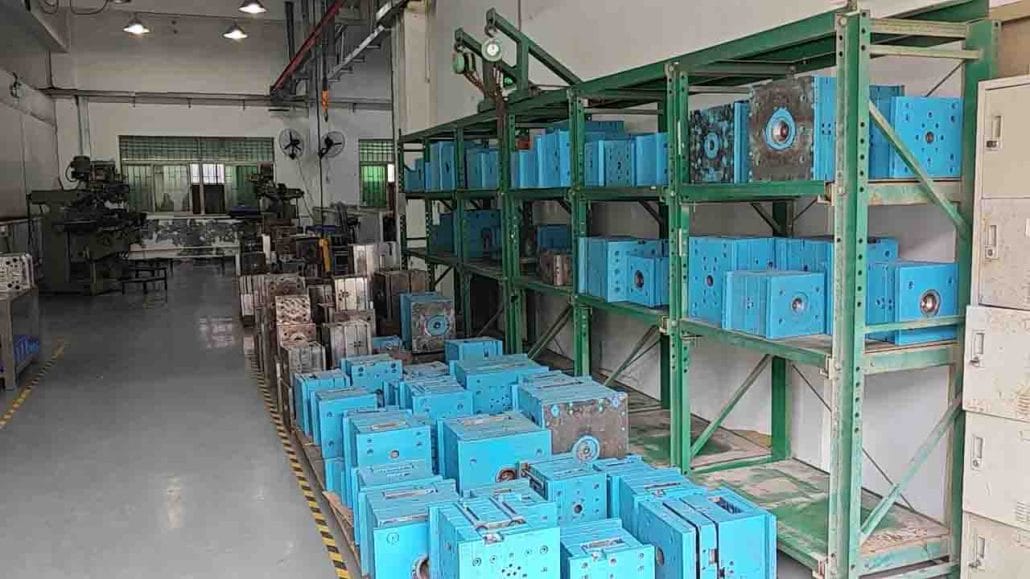As an engineer or designer, you know that plastic injection molding is a complex process that involves careful planning and execution. If you’re looking to develop a successful product that incorporates plastic injection molding, you need to understand the fundamentals of this process in order to make informed decisions about design and manufacturing.
In this comprehensive plastic injection molding design guide, we’ll cover everything you need to know about creating high-quality, cost-effective plastic injection molded products.
Understanding Plastic Injection Molding: A Brief Introduction
Plastic injection molding is a manufacturing process used to produce a wide range of plastic products. This plastic injection molding process involves melting raw plastic material and then injecting it into a mold, where it cools and solidifies into the desired shape.
The process is simple in theory, but turning an idea into a successful product requires a deep understanding of the materials, tools, and techniques involved. That’s where this guide comes in. We’ll walk you through the entire process, from designing your product to selecting the right materials and tools, to troubleshooting and fine-tuning the final product.
Plastic injection molding is widely used in the automotive, consumer products, electronics, medical, and packaging industries, to name a few. Some common products made with plastic injection molding include car parts, toys, medical devices, and food containers.

Design Guidelines for Plastic Injection Molding
One of the most critical factors in the success of plastic injection molding is the design of the product. A poorly designed product can lead to issues like warping, sinking, or poor surface finish. To prevent these issues, it’s essential to follow some basic design guidelines when designing for plastic injection molding.
In this section, we’ll cover some important design principles to consider when designing for plastic injection molding. These tips and tricks will help you create products that are not only aesthetically pleasing but also functional, durable, and cost-effective to produce.
Selecting the Right Material
The first step in plastic injection molding design is selecting the right material for your product. Factors to consider include:
- Strength and Durability: Depending on the application, you may need a material that is able to withstand high stress, impact resistance, and fatigue.
- Heat Resistance: If your product is subject to high temperatures, you will need to select a material that is able to withstand heat without warping or deforming.
- Chemical Resistance: Products exposed to corrosive chemicals will require materials that are chemically resistant.
- Cost: The material cost is a critical factor in the overall cost of production. Keep in mind that premium materials may offer superior performance, but they may come at a higher injection molding cost.
Designing the Part Geometry
Once you have selected the right material, the next step is designing the part geometry. Important considerations include:
- Wall Thickness: The thickness of the part’s walls affects its strength, rigidity, and overall cosmetic appearance.
- Draft Angles: Draft angles are included in the design to allow parts to be ejected easily from the mold.
- Undercuts: Avoid designing parts with undercuts, as they can complicate the molding process and lead to more expensive tooling.
- Ribs and Bosses: These design elements can increase the stiffness and strength of the part, but must be carefully designed to avoid sink marks, voids, and warping.

Designing the Tooling
The final step in the plastic injection molding design process is designing the tooling. Key considerations include:
- Gate Type and Location: The gate is the point where the molten plastic enters the mold. Different gate types and locations can affect the flow pattern and cosmetic appearance of the part.
- Ejector System: The ejector system is responsible for removing the part from the mold. Poorly designed ejector systems can damage the part, or cause it to stick to the mold.
- Cooling System: An effective cooling system is essential for proper part formation and avoiding defects such as warping and sink marks.
- Cavitation and Tool Life: The number of cavities in the mold can affect production volume and cost, while the tool life depends on the materials used in the mold construction.
Choosing the Right Injection Molding Machine
Once the product is designed, it’s time to choose the right injection molding machine. Several factors must be taken into account when selecting a machine, including the material to be used, the size of the mold, and the production requirements.
The injection molding process typically involves high pressures and temperatures, so it’s essential to choose a machine that can handle these conditions without compromising the quality of the final product. At the same time, it’s essential to ensure that the machine is flexible enough to accommodate different sizes and shapes of molds.
Quality Control in Injection Molding
Finally, after the product has been injection molded, it’s essential to ensure that it meets the desired quality standards. Quality control is an integral part of the injection molding process and involves a range of tests to evaluate factors like size, shape, and appearance.
Quality control measures can include visual inspections, dimensional measurements, and functional tests. By implementing a rigorous quality control program, manufacturers can ensure that their products meet the required standards for performance, reliability, and safety.
Conclusion
Plastic injection molding is a powerful manufacturing process that enables the creation of high-quality, cost-effective plastic products. By following these design guidelines and selecting the right machine, you can develop successful products that meet your customers’ needs.
Plastic injection molding design is a critical factor in achieving high-quality, functional products. By carefully selecting the right material, designing the part geometry, and carefully designing the tooling, you can ensure your product is produced efficiently and effectively. At [Longsheng Technology], we have extensive experience in plastic injection molding design and production, and can work with you to create the perfect product for your needs.


